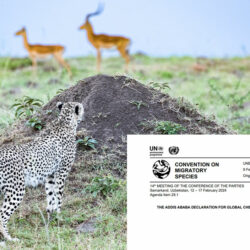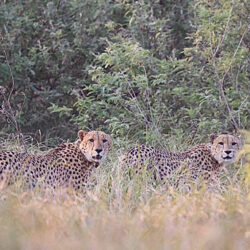Five Key Achievements With Help from The ESA
-

- by Dr. Laurie Marker May 16, 2023
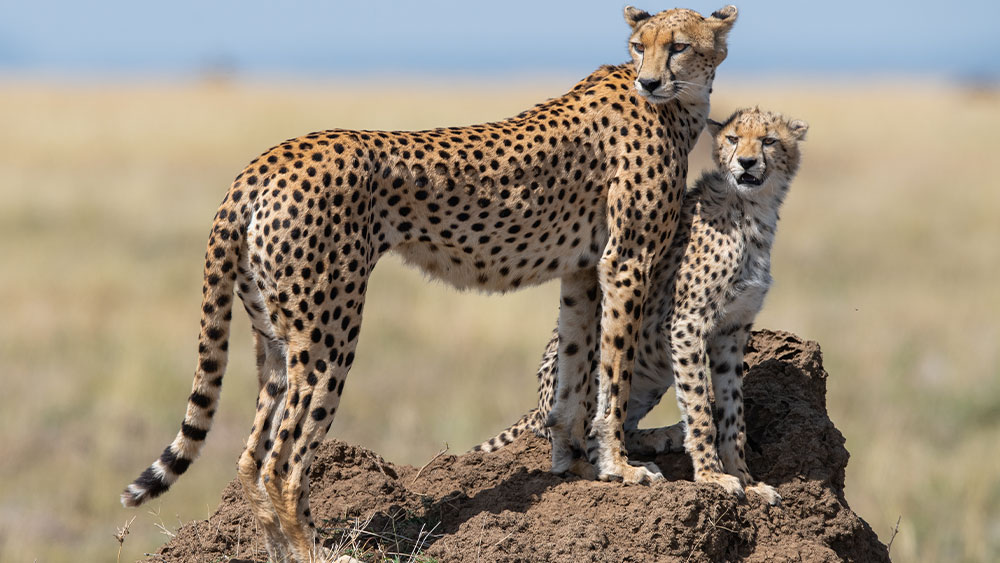
As we celebrate the 50th anniversary of the Endangered Species Act (ESA), we reflect on the tremendous impact this landmark legislation has had on conserving biodiversity and protecting threatened and endangered species in the United States and beyond. Over the past five decades, the ESA has played a critical role in safeguarding the habitats of countless species.
While the primary focus of the ESA is the protection of species within the United States, by regulating trade, providing funding, fostering international cooperation, and raising awareness, the ESA has played an essential role in supporting global species conservation efforts. Its provisions have contributed to the conservation of some international species like the African elephant, humpback whale, southern white rhinos and of course the cheetah.
On the second of June in 1970, the U.S. Fish and Wildlife Service (FWS) listed the Asiatic cheetah as “endangered” in the Federal Register Volume 35, First list of Endangered Foreign Fish and Wildlife page 849. This listing raised awareness of the cheetah’s conservation needs, drawing attention to the species at a national and international level.
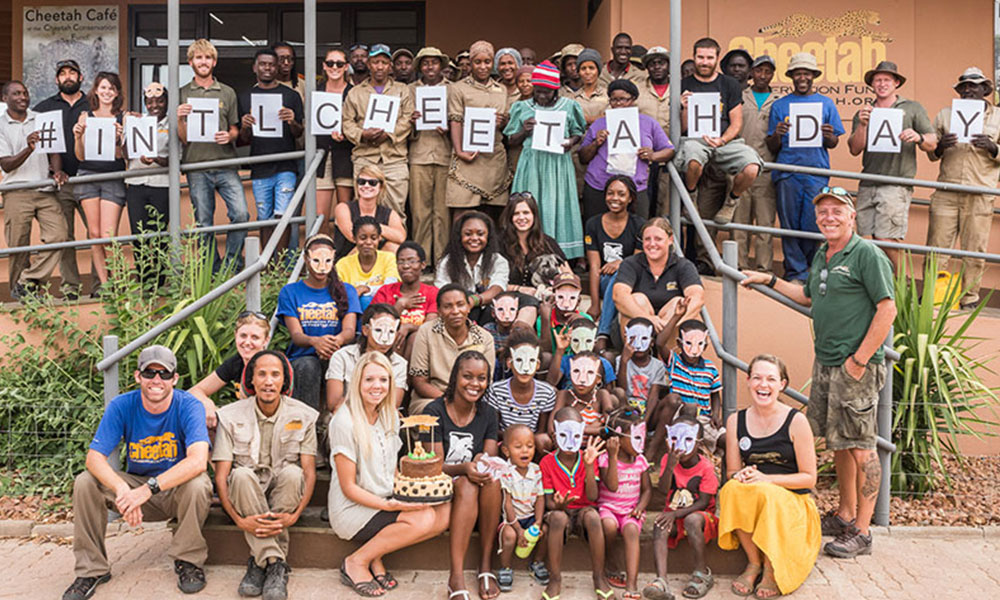
The ESA has been influential in raising global awareness about the importance of conserving threatened and endangered species, including cheetahs. By listing cheetahs as endangered, the ESA underscores the urgency of conservation efforts and encourages international collaboration. The cheetah was first assessed and listed on the International Union for Conservation of Nature (IUCN) Red List of Threatened Species in 1986 as “Vulnerable.” The IUCN Red List is regularly updated to reflect current population estimates and CCF works to build an awareness of the current population of cheetahs across the species’ range. Discovering evidence of cheetahs in countries where the cheetah was once thought to be extinct will help us to not only build a better picture of species presence but will help us to understand whether the population is declining or growing. This information helps us to inform the people making policy decisions for the status and conservation needs of the cheetah.
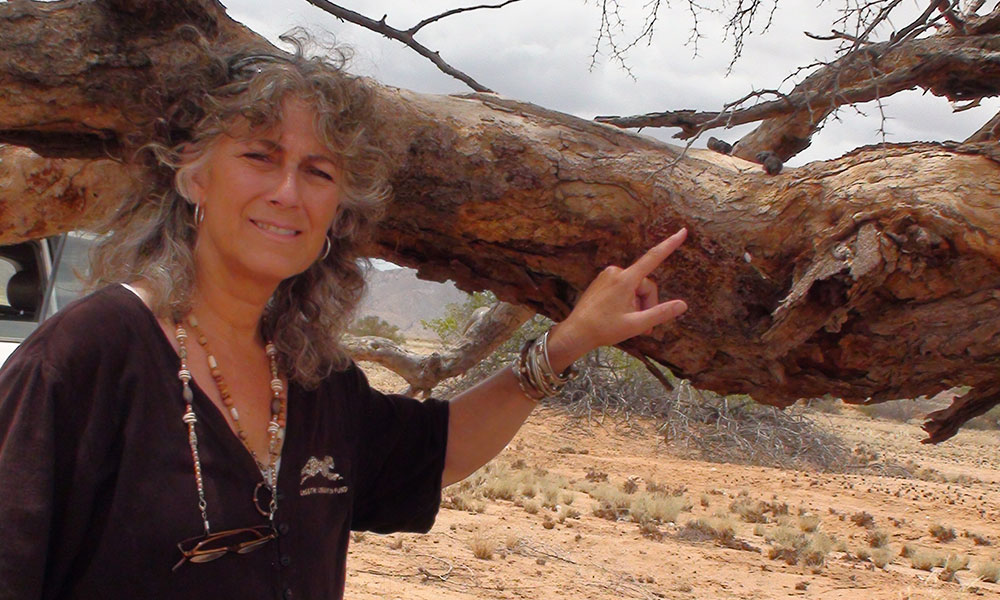
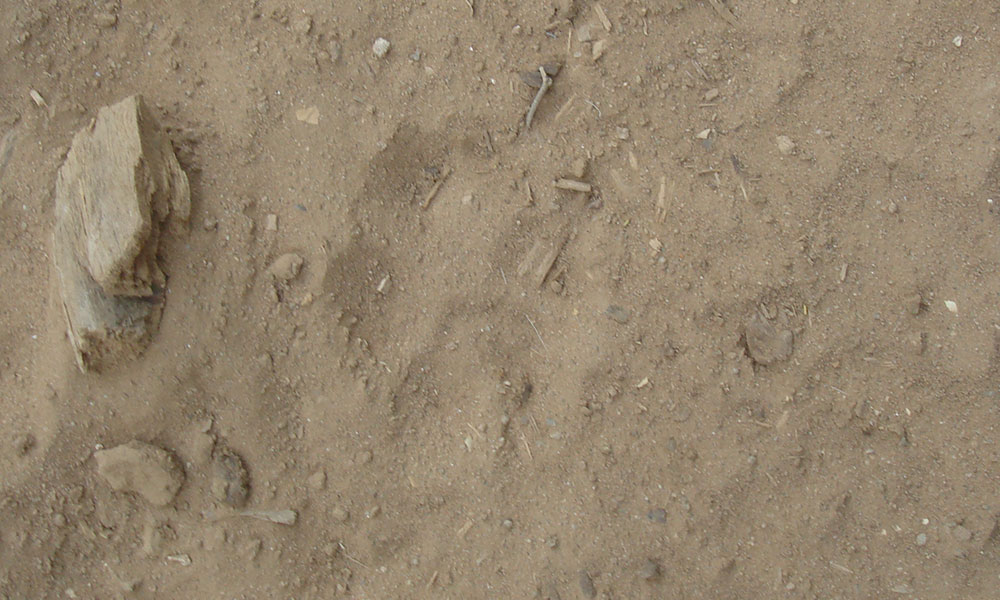
The ESA regulates international trade in listed species, which helps protect cheetahs by prohibiting the import, export, and sale of cheetahs and their parts or products within the United States. This can discourage illegal trafficking and contribute to global efforts to combat the illegal wildlife trade. Beginning in 2005, CCF began monitoring the illegal wildlife trade (IWT) of cheetahs. Over the years, our involvement and investment in combating the destructive trade in the Horn of Africa has grown since. In Somaliland, we are completing the construction of a new Cheetah Rescue and Conservation Centre (CRCC), a place to house and care for the cheetahs confiscated from the trade. CCF’s CRCC will serve as the hub of our efforts to fight IWT in the region.
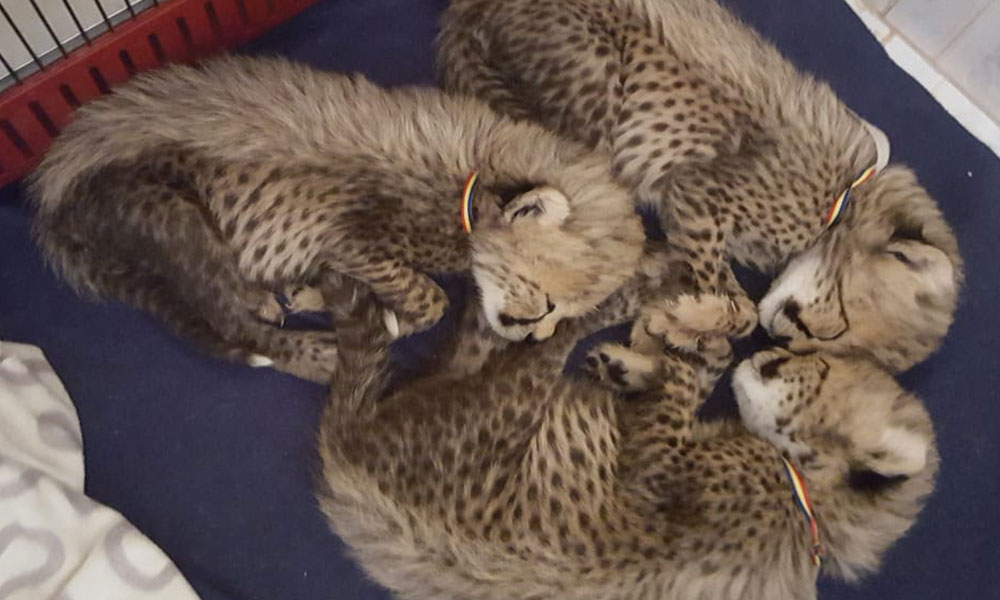
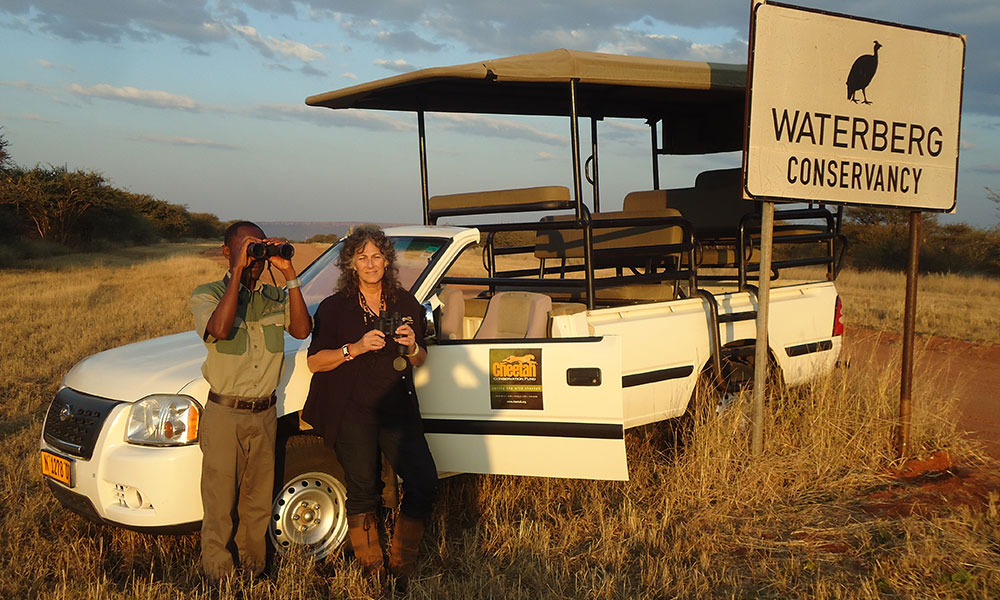
The ESA authorizes financial assistance for foreign countries to support species conservation efforts, including those focused on cheetah conservation. This can include funding for habitat protection, research, law enforcement, and the development of conservation management plans. CCF’s involvement in the conservancy system within Namibia dates back to the founding of the nation in 1990. The Waterberg Conservancy, of which CCF was a founding member, was registered in 1993. Freehold conservancies, also known as private or community conservancies, play a significant role in promoting conservation. These conservancies are often dedicated to preserving natural habitats and protecting wildlife. Namibia’s system of conservancies serves as an aspirational example to many other African nations.
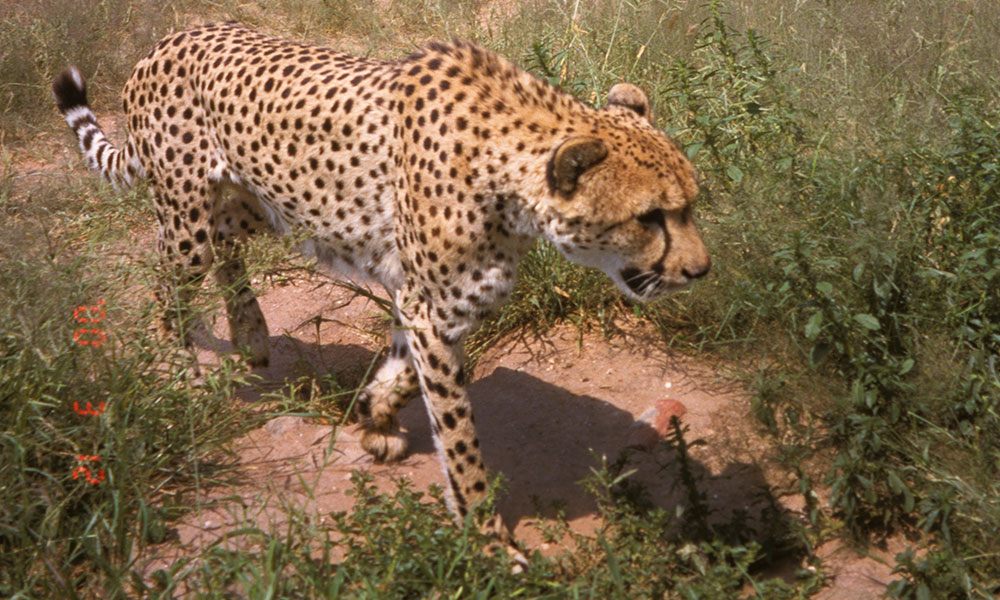
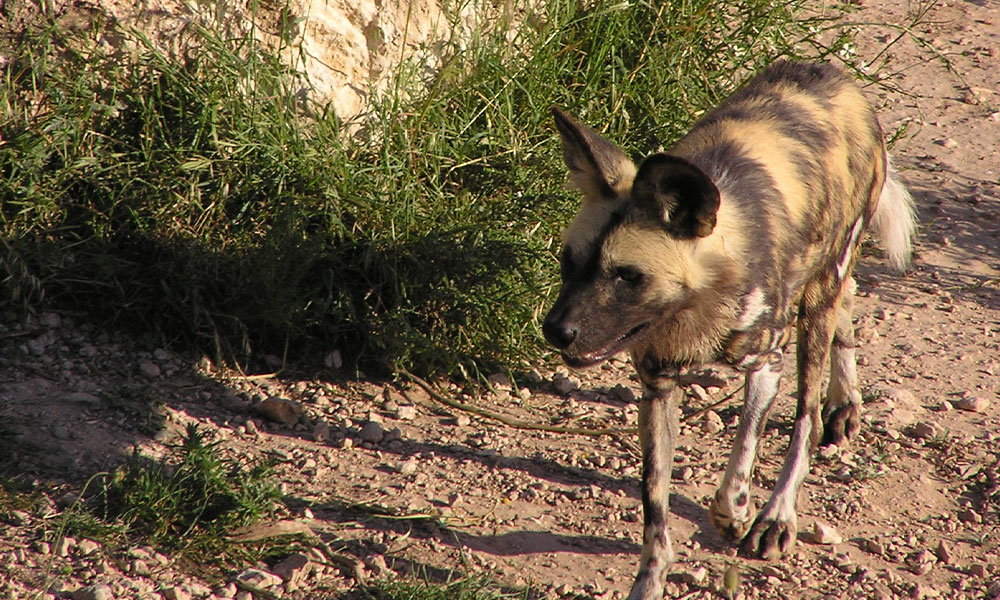
The ESA encourages cooperation with foreign governments and international organizations to conserve listed species, including cheetahs. This can involve sharing information, providing technical assistance, and supporting international conservation initiatives, such as those implemented by the CCF and other organizations. One of the most significant working group efforts conducted by the CCF in collaboration with other organizations and stakeholders is the development and implementation of the “Regional Conservation Strategy for the Cheetah and African Wild Dog in Southern Africa.” Developed in partnership with the Range Wide Conservation Program for Cheetah and African Wild Dogs (RWCP), the IUCN/SSC Cat Specialist Group, the IUCN/SSC Canid Specialist Group, and numerous other stakeholders from governments, NGOs, and the scientific community in 2007, the strategy aims to provide a comprehensive framework to guide the conservation of cheetahs and African wild dogs across their range in Southern Africa. The development of the strategy involved extensive collaboration, consultation, and workshops with stakeholders from various countries, ensuring that the conservation needs of these species were addressed in a coordinated and effective manner. The strategy identifies priority actions, offers best-practice guidelines, and promotes regional cooperation to improve the conservation status of both cheetahs and African wild dogs.
The ESA’s influence in providing a framework for protecting threatened and endangered species has inspired countless organizations, including CCF, to work tirelessly towards safeguarding wildlife and their habitats. In the spirit of collaboration and determination, we will continue to contribute to the global conservation effort, fostering innovative approaches and nurturing partnerships that will help ensure the long-term survival of the cheetah and other endangered species. As we look forward to the next 50 years, let us renew our commitment to conserving the world’s irreplaceable biodiversity, ensuring that future generations can enjoy the beauty and benefits of a thriving natural world.
Related Reading
-
February 19, 2024
The Addis Ababa Declaration for Global Cheetah Conservation -
June 2, 2023
Project Cheetah Update

